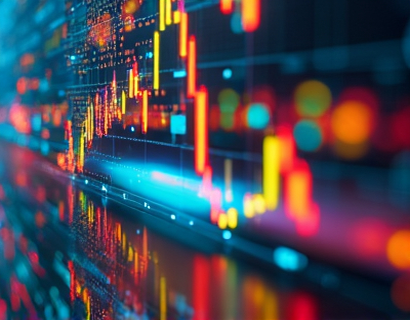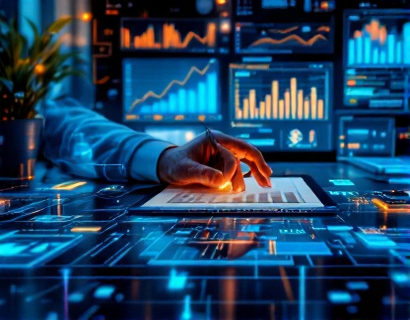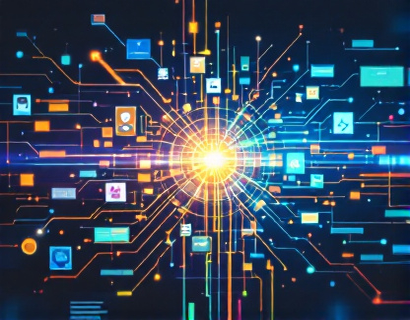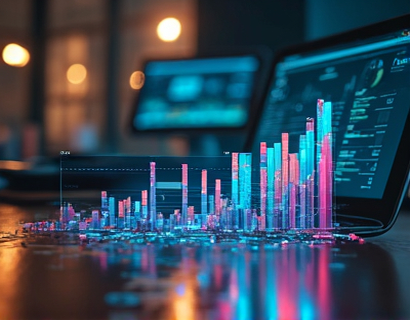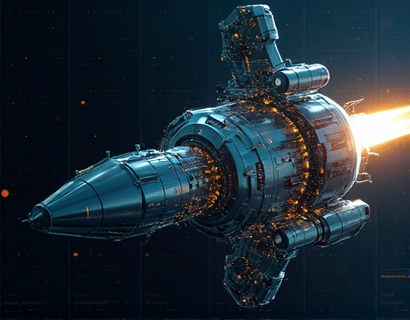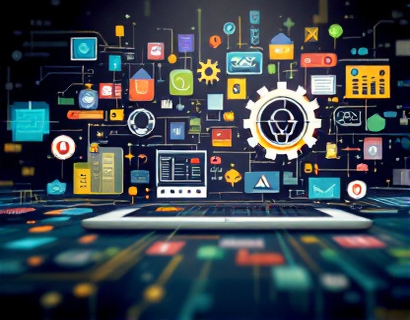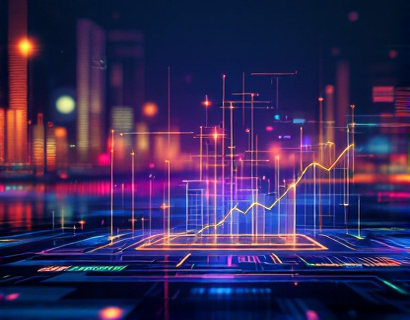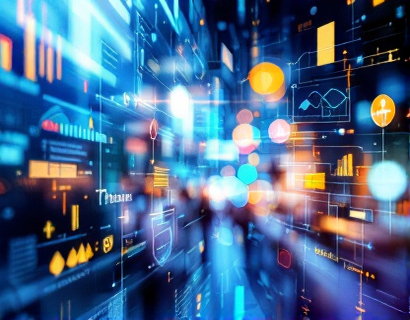The Synergy of AI and Crypto: Transforming Finance and Technology
The intersection of artificial intelligence and cryptocurrency is giving birth to a new era of innovation in finance and technology. This synergy is not just a trend but a fundamental shift in how we perceive and interact with digital assets and services. As both fields continue to evolve, their convergence is creating transformative solutions that enhance user experiences and redefine industry standards.
The integration of AI in the crypto space is revolutionizing various aspects, from trading and security to user experience and network management. AI algorithms are being employed to analyze vast amounts of data, identify patterns, and make predictions with unprecedented accuracy. This capability is invaluable in the volatile world of cryptocurrencies, where timing and insight can mean the difference between profit and loss.
Enhanced Trading Strategies
One of the most immediate impacts of AI in crypto is the development of sophisticated trading strategies. AI-driven trading bots can process real-time market data, news feeds, and social media sentiment to make informed trading decisions. These bots operate 24/7, executing trades based on predefined algorithms that adapt to changing market conditions. This level of automation and precision is unattainable for human traders, leading to more consistent and profitable outcomes.
Moreover, AI can identify arbitrage opportunities across different exchanges, executing trades to capitalize on price discrepancies. This not only maximizes returns but also contributes to market efficiency by reducing price distortions. The ability of AI to handle multiple transactions simultaneously and with minimal latency gives it a significant edge over traditional trading methods.
Improved Security Measures
Security is a paramount concern in the crypto ecosystem, and AI is playing a crucial role in enhancing it. Machine learning algorithms can detect anomalies and suspicious activities in real-time, providing an additional layer of protection against fraud and cyberattacks. These systems learn from past incidents to improve their detection capabilities, making it harder for malicious actors to exploit vulnerabilities.
AI-powered security solutions also include advanced encryption methods and decentralized identity verification. By leveraging blockchain technology and AI, users can achieve a higher level of security and privacy. For instance, AI can analyze user behavior patterns to authenticate transactions, reducing the risk of unauthorized access and ensuring that only legitimate users can perform actions on the network.
User Experience Innovations
The user experience in the crypto space is being significantly enhanced through AI. User interfaces are becoming more intuitive and personalized, thanks to AI-driven design and optimization techniques. AI can analyze user interactions and preferences to tailor the interface, making it easier for users to navigate and access the features they need.
Chatbots powered by natural language processing (NLP) are another example of AI improving user experience. These chatbots can provide instant support, answer queries, and guide users through complex processes. They operate around the clock, ensuring that user support is always available, which is particularly valuable in a global and time-sensitive market like crypto.
Network Optimization and Scalability
As the crypto market grows, the need for scalable and efficient networks becomes increasingly important. AI is helping to optimize blockchain networks by managing resource allocation, reducing congestion, and improving transaction speeds. Machine learning algorithms can predict network traffic patterns and adjust parameters in real-time to maintain optimal performance.
AI also plays a role in the development of layer 2 solutions, which aim to increase the throughput of blockchain networks without compromising security. By analyzing transaction data and user behavior, AI can identify bottlenecks and propose solutions to enhance scalability. This ensures that the network can handle a growing number of users and transactions seamlessly.
Decentralized Finance (DeFi) Innovations
Decentralized Finance (DeFi) is one of the most exciting areas where AI and crypto are converging. AI-driven protocols are being developed to create more efficient and accessible financial services. For example, AI can optimize lending and borrowing processes by assessing creditworthiness in real-time, reducing the need for traditional credit checks.
AI-powered stablecoins are another innovation, using machine learning to maintain price stability by adjusting supply based on market conditions. This helps to mitigate the volatility associated with traditional cryptocurrencies, making them more suitable for everyday transactions and store of value purposes.
Risk Management and Compliance
Regulatory compliance is a significant challenge for the crypto industry, but AI is helping to streamline this process. AI systems can monitor transactions and user activities to ensure adherence to regulatory requirements. These systems can detect potential money laundering, terrorist financing, and other illicit activities, enabling platforms to take proactive measures.
AI also aids in risk assessment by analyzing market trends, economic indicators, and social sentiment. This comprehensive analysis helps platforms to make informed decisions and mitigate potential risks. By automating compliance and risk management tasks, AI reduces the burden on human operators and ensures a higher standard of regulatory adherence.
Future Prospects and Challenges
The synergy between AI and crypto holds immense potential for the future of finance and technology. However, there are challenges that need to be addressed to fully realize this potential. One of the primary concerns is the regulatory landscape. As AI and crypto continue to evolve, regulators will need to adapt and create frameworks that balance innovation with consumer protection and market stability.
Another challenge is the integration of AI systems with existing blockchain infrastructure. Ensuring compatibility and interoperability is crucial for the seamless functioning of AI-enhanced crypto solutions. Additionally, there is a need for greater transparency and explainability in AI algorithms to build trust among users and stakeholders.
Despite these challenges, the future looks promising. As technology advances and more players enter the space, we can expect to see even more innovative applications of AI in the crypto domain. From advanced predictive analytics to novel decentralized applications, the possibilities are vast and exciting.
Conclusion
The fusion of AI and crypto is not just a technological advancement but a paradigm shift in how we approach finance and technology. This synergy is driving innovation, enhancing user experiences, and redefining industry standards. As we move forward, it is essential to embrace this transformation and harness the power of AI and crypto to build a more efficient, secure, and inclusive digital world.



